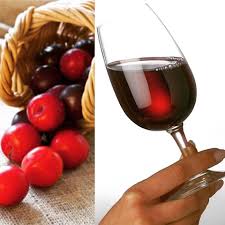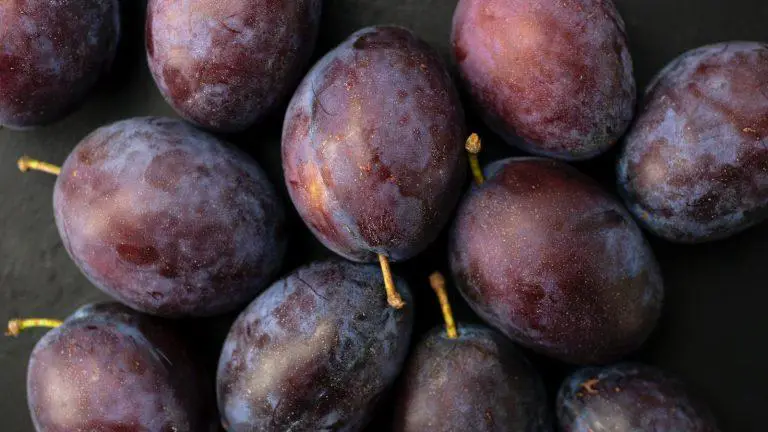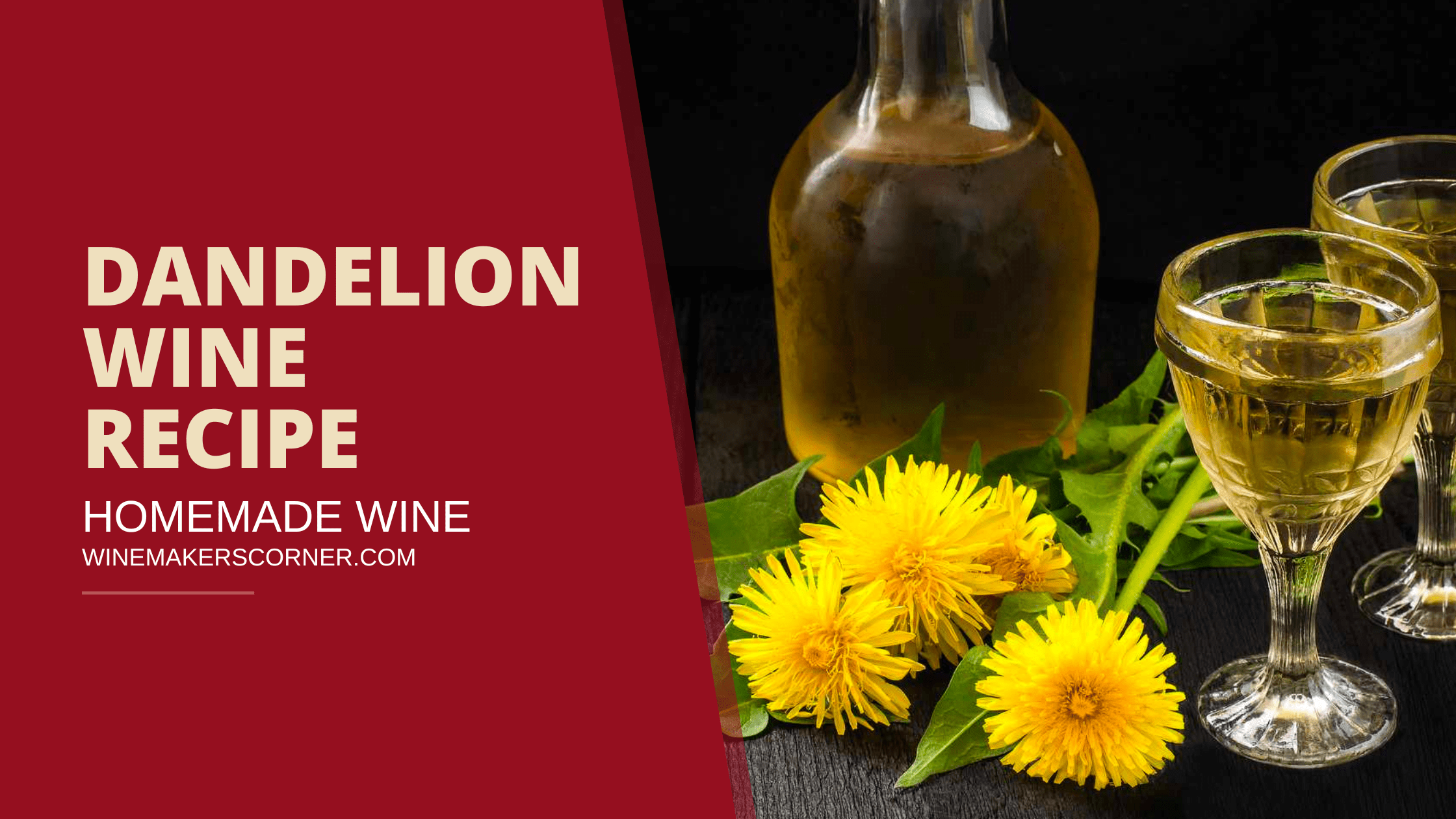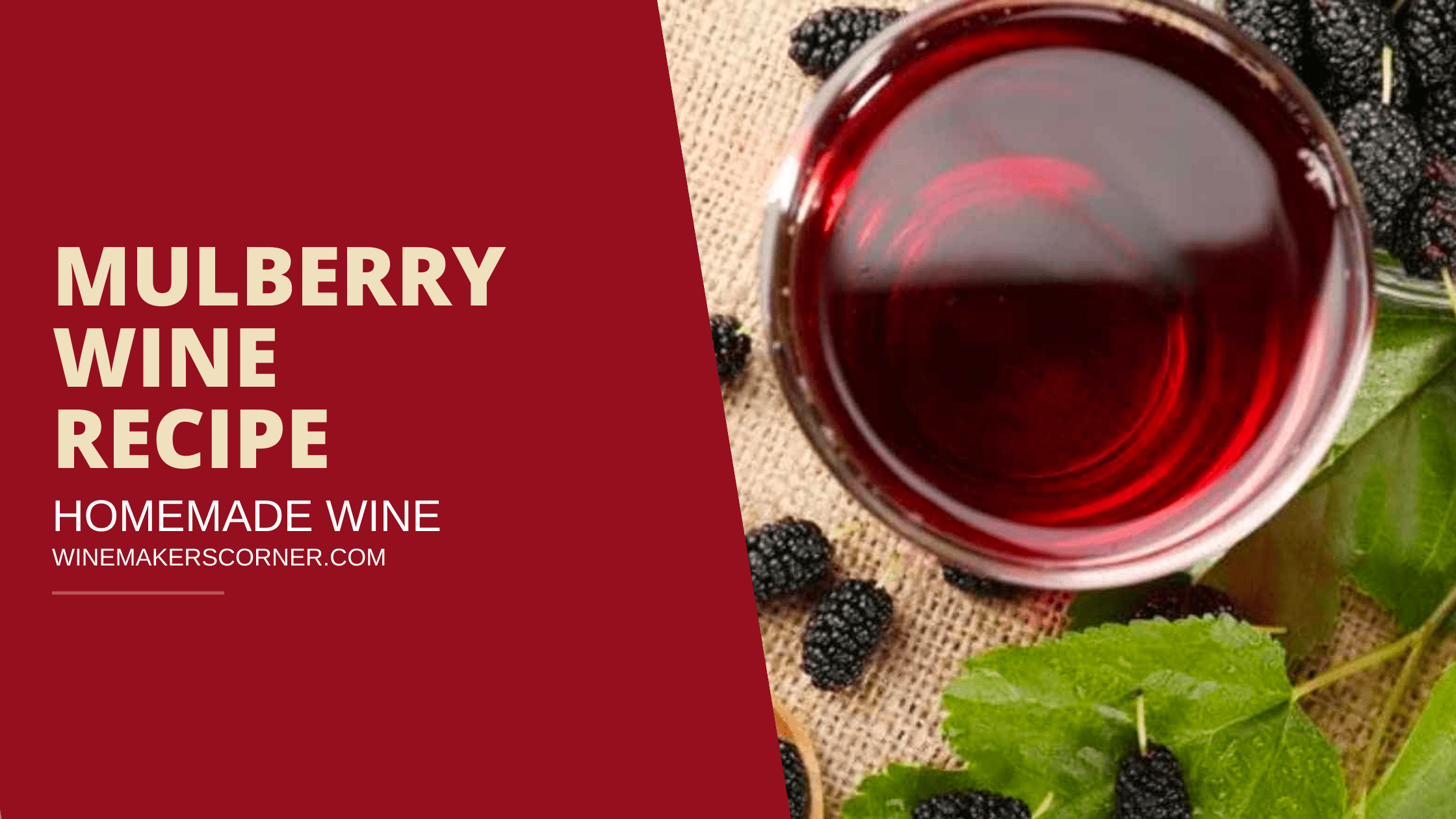
Plum wine is not very often mentioned by wine experts, but we think it’s a delicious wine that can be had in any season. Those rich and juicy flavors of ripe plums just soak your tongue. This plum wine recipe is a good one.
This is usually a very sweet wine that goes well with desserts or Asian cuisine. This is one of the most flavorful wines that you can make at home. If this is your first time don’t worry. It’s not really that difficult to create wine at home anyway. Many plum wine recipes are pretty complex but we’ve put together an easy plum wine recipe that anyone can follow.
If this is your first time making any type of wine then you will need winemaking equipment. We’ve put together a shortlist of wine equipment kits that can be purchased for as little as $100 to get you started. Click here to learn more about making wine.
Table of Contents
The Plum Wine Recipe
Plum wine has a sweet and tangy taste with a slight hint of tartness. It is slightly acidic, but not overly so. The flavor is reminiscent of fresh plums, with a hint of sweetness, and a slight tartness. It is slightly syrupy in texture and can be enjoyed chilled or at room temperature.
Ingredients
- 13 pounds (6 kg) fresh plums 12 pounds (10 kg)
- sugar 5 teaspoons (23 g)
- yeast nutrient 10 drops (0.5 mL)
- pectic enzyme liquid 1¼ teaspoons (3.4 g)
- grape tannin 6 teaspoons (30.6 g)
- acid blend
- Water enough to make 5 gallons (19 L)
- 1 package (5 g) Wyeast Mead (Sweet) yeast
- 8 Campden tablets or 1½ teaspoons (9.3 g) potassium metabisulfite powder
Directions
- Sanitize all equipment.
- Crush the plums and remove the stones. Place the plums in the fermentation container.
- Put the sugar, yeast nutrient, pectic enzyme liquid, grape tannin, acid blend, and enough warm water to make 5 gallons (19 L) on top of the plums in the fermentation container. Stir well to dissolve the sugar.
- When the must cools to 70°F (21°C), add the yeast and cover the container loosely with a sheet of plastic.
- Allow the must to ferment for 5 or 6 days, or until the specific gravity reaches 1.040, then strain out the fruit pulp and press.
- Place 2½ crushed Campden tablets or ¼ teaspoon (1.4 g) of potassium metabisulfite powder into a sanitized 5-gallon (19 L) glass carboy and siphon the new wine into it. Top off with water and seal with an air lock.
- Let the wine settle for a month, then rack again following the same procedure as in step 6.
- Rack again in 3 months and make adjustments as needed.
- Let the wine sit another month, then bottle.
- Wait for 3 months before tasting the wine.
The ingredients listed above can be adjusted to one gallon by dividing everything by 5.
What is Plum Wine?
Plum wine, also known as umeshu, is a type of Japanese alcoholic beverage made from steeping unripe, green plums in alcohol. The plums are usually combined with sugar and aged for three to six months before drinking. Plum wine can be served chilled or at room temperature and is generally sweet, light, and easy to drink. It can also be used as a mixer in a variety of cocktails.
Traditionally, the plums used for making plum wine in Japan are called ume plums, which are a special type of small, sour, unripe plum. Ume plums are available seasonally in Japan and can be found in specialty markets around the world. The plums are usually combined with a high-proof alcohol, such as shochu or vodka, and then left to age and mellow for three to six months before drinking. During this aging process, the plums will release their natural sweetness, creating a deep and complex flavor.
Plum wine is a popular drink in Japan and is often enjoyed with Japanese food or as an aperitif. It can also be used as a mixer in a variety of cocktails, such as the popular shochu drink, and can be added to desserts to add a unique flavor. Plum wine is also available in a variety of flavors, from traditional to fruity and flavored versions.
What are the Benefits of Plum Wine?
One of the main benefits of plum wine is its rich flavor. The fermentation process brings out the natural sweetness and tartness of the plums, resulting in a sweet and fruity wine with a hint of tartness. This flavor makes it a great pairing for a variety of dishes, from savory meats to light desserts.
Another benefit of plum wine is its low alcohol content. Plum wine usually clocks in at around 10-15% ABV, making it much less potent than many other wines and liquors. This makes it a great option for those who want to enjoy a glass of wine without getting too tipsy.
Finally, plum wine is known for its health benefits. Studies have shown that it can help improve digestion, reduce inflammation, and even help lower blood pressure. It is also high in antioxidants, which can help prevent cell damage.
Overall, plum wine is a delicious and unique drink with a number of health benefits. Its flavor makes it the perfect pairing for a variety of dishes, and its low alcohol content makes it a great option for those who want to enjoy a glass of wine without getting too tipsy. Whether you enjoy it on its own or with a meal, it is sure to bring a unique and delicious flavor to your table.
Tips for Making Plum Wine
Making plum wine is one of the most rewarding activities for winemakers. Plums offer up a unique flavor profile that can be enjoyed in a variety of styles of wine. If you’re looking to craft your own homemade plum wine, here are some tips to help you get started.
First, it’s important to choose the right type of plums for your wine. You’ll want to choose plums that are juicy and sweet, as these will lend their sugar content to the fermentation process. Additionally, make sure to choose plums that are free of bruises or blemishes.
Next, you’ll need to prepare the plums for fermentation. Start by washing them thoroughly in cold water and then crushing them. This will help break down the skins and release the juices. You can either do this by hand, or use a fruit crusher.
Finally, it’s time to ferment your plums. To do this, you’ll need to add yeast to the crushed plums and then let the mixture sit for several days. During this time, the yeast will convert the sugars in the plums into alcohol.
If you follow these tips, you’ll be well on your way to making a delicious batch of homemade plum wine. Just remember to take your time and enjoy the process!
How to Store Homemade Plum Wine
Storing plum wine is a great way to enjoy the delicious fruit in a different form. The key to properly storing the wine is to keep it away from light, heat, and oxygen.
The ideal temperature for storing plum wine is between 45-55 degrees Fahrenheit. Temperatures that are too cold or too hot can ruin the flavor of the wine, so it’s important to find a cool, dark place in your home to store it. An unused closet or pantry is a great option, or a wine refrigerator can be used.
Plum wine should also be stored away from light. Sunlight can cause a chemical reaction in the wine, making it cloudy and changing its flavor. Be sure to store the wine in an opaque container or a dark cupboard.
Oxygen can also cause the wine to spoil, so make sure to store it in an airtight container. This will help keep the flavor and aroma of the wine intact.
By following these tips, you can ensure that your plum wine is stored properly and will last for years. Enjoy!
Conclusion
Making plum wine at home is a simple and rewarding task. With just a few ingredients and a bit of patience, you can have your own homemade plum wine in a matter of weeks. The unique and subtle flavors of this wine make it a great addition to any gathering or to simply enjoy on its own.
With this easy recipe, you can now create a wine that is sure to delight and impress your family, friends, and guests. So next time you have a craving for a delicious and unique wine, why not give this plum wine recipe a try?




